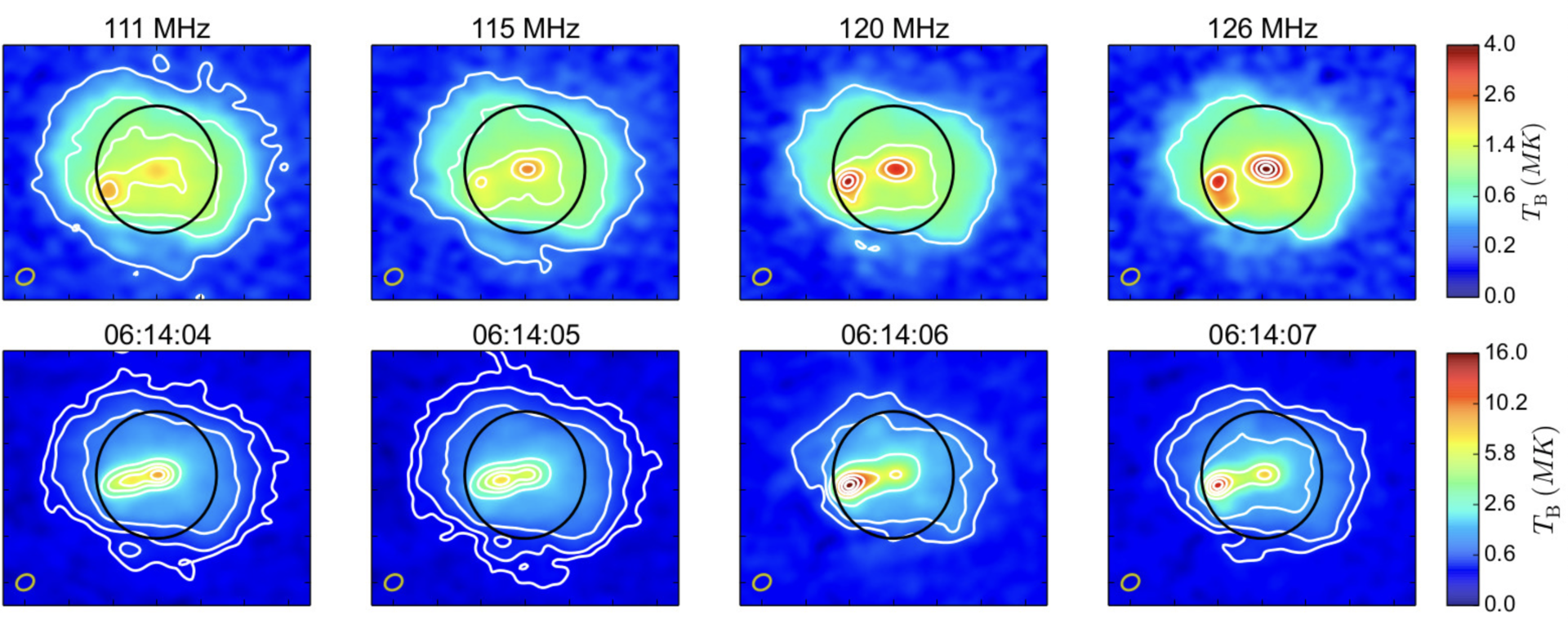Metrewaves provide a very interesting and complementary observational window for studying the coronal energy release events as the plasma frequency of the corona falls in this waveband. The electron beams accelerated during these events trigger plasma instabilities leading to resonant wave-particle and wave-wave processes, generating coherent plasma emission at the local plasma frequency or its harmonics, akin to a classical LASER. Hence, even energetically weak events can give rise to very high brightness temperatures (TB) in metre wave bands, making it easier to detect and probe even those events which are currently undetectable at Extreme Ultra Violet (EUV) or X-ray bands. However, these non-thermal metrewave events show very high spectro-temporal variability, requiring snapshot spectroscopic high dynamic range imaging with sub-second, sub-MHz resolutions at metre-wavelengths. Such studies became possible only recently with the advent of new generation state-of-the-art low frequency radio interferometric arrays, like the Murchison Widefield Array (MWA).
In my talk I will present some early results from MWA, using the new window it opened up to the the fast (~0.5 s) and fine spectral (~40 kHz) non-thermal dynamics of the corona. Combined with high energy observations in Extreme UV to Xray bands, which reveal the local thermal evolution, we were able to gain new insights into the complete physical evolution of coronal plasma during some of the most ubiquitous and frequent weak events namely, microflares and microjets.

Please join via Zoom at
https://uio.zoom.us/j/65440571188?pwd=OEphY2wybzE5bWxTUXRBZXArdkdEQT09
Meeting ID: 654 4057 1188
Passcode: 899780
